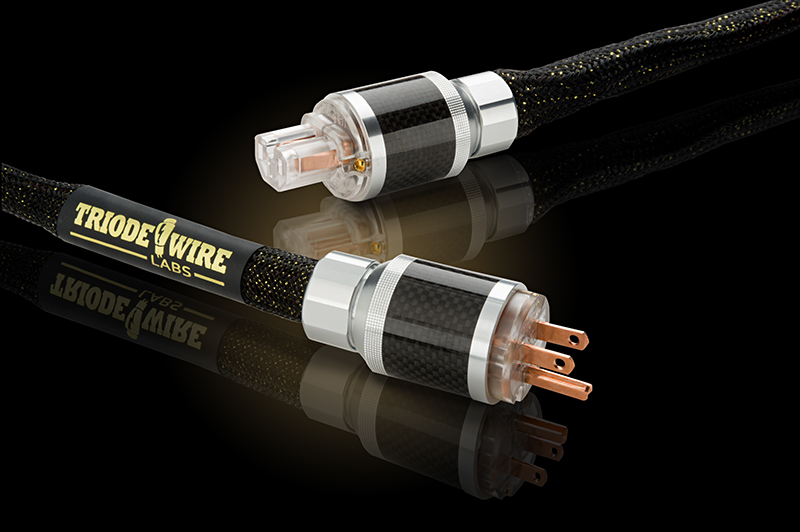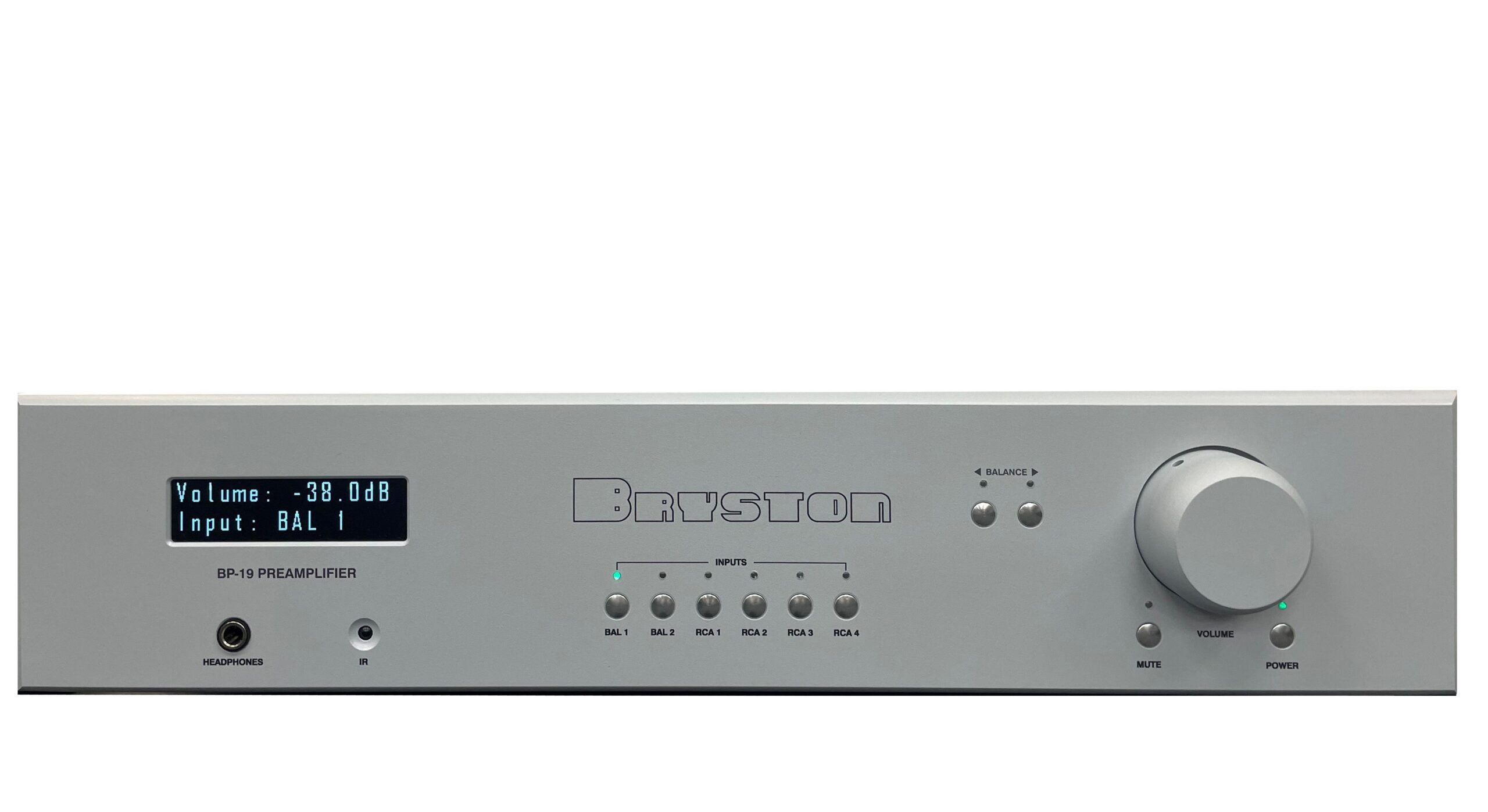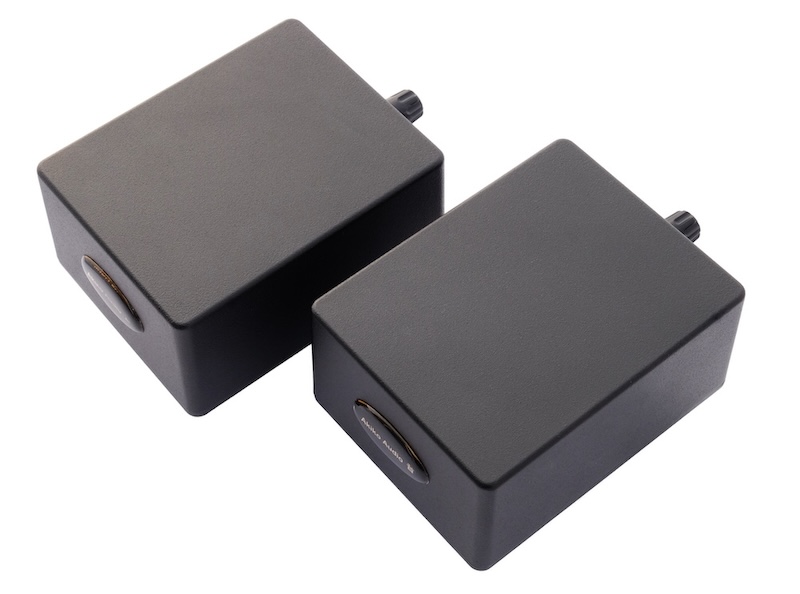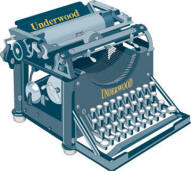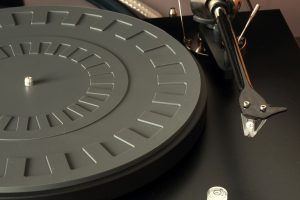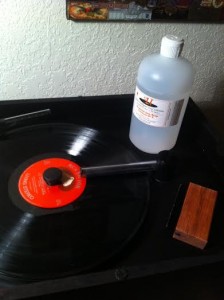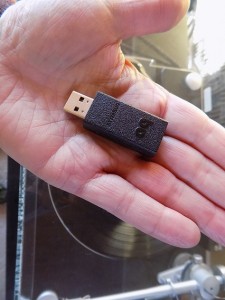
Over the past 30 years, I have learned to tread carefully when exploring the world of tweaks. Experience has taught me that, with thorough due diligence, you can find tweaks that offer a significant degree of improvement in the sound quality of your audio system and in many cases they are keenly priced and offer good value for money. However, there is also a fair amount of hype and spin in the sphere of tweaks, and so if you allow yourself to get caught up in that, you could very easily end up with tweaks that give you a big dose of buyer remorse.
The subject of this review are products from Akiko, a two year old Dutch Company run by Marc and Sander van Beerlo, a father and son team. I found it interesting that they chose a Japanese name, which means "bright child." Akiko products are distributed in North America by Darin Forkenbrock of Jaguar Audio Design.
Akiko Audio’s stated mission is to use their passion and love for music to seek out ways to improve sound quality of high-end audio gear through innovation. Their stock in trade is using materials like P.T.F.E, gold, carbon, and Kevlar to handcraft products that offer superior build quality.
Although Akiko Audio offers many products, including cables, the subject of this review is their audio tuning sticks, which come in various forms. Some of the sticks need to be plugged in to your AC sockets, some plug into the RCA or balanced inputs or outputs of your preamplifier, and some have to be strapped to your interconnects, speaker cables, and power cords.
When I first received the review samples I was impressed with the build quality and finish of the carbon fiber clad products. However, when I tried to wrap my head around the design and technical rationale behind the products, which was provided by Marc van Berlo, I have to admit that I found it difficult to comprehend.
The tuning sticks are filled with a mixture of crystal gemstones that Marc claims have a natural ordering effect on electromagnetic radiation around speaker cables and power cords. The content are then stabilized using black resin, which suppress microphone effects. Marc explained that the crystal lattices of these naturally occurring stones are points of intersection between straight lines in a three-dimensional network. This went so far over my head I was tempted to cut and paste it into ‘Google Translate’ to see if that would turn it into English that I could understand.
The sticks also contain paramagnetic minerals with iron, which according to Marc, react with strong radiation from audio gear to attract magnetic fields. Another active ingredient in the sticks is a material called tourmaline, which is a piezoelectric material that generates an AC voltage when it is subjected to vibrations or mechanical stress.
Apparently, the composition and combination of these three materials influence the tone of the signal passing through the cable near the sticks to reduce digital artifacts and thereby deliver a more natural analog-like sound.
All this technical gobbledygook about crystals was not exactly crystal clear to me. Trying to figure it out and make sense of it just ended up giving me a headache, so I decided to listen to some of my favorite tunes using the tuning sticks in the hope that the aural pleasure would be strong enough to cure my headache.
I plugged one AC stick in to the spare wall socket that fed my power conditioner, and the other AC stick into a socket in my WyWires Powerbroker. I plugged the RCA Tuning Stick into one of the unused RCA input ports on the back of my Bryston Preamplifier, placed the E-tuning Gold MkII on the cord of my Isotek Sigma power conditioner, and then I strapped the two Universal Tuning Sticks to my Cardas Clear Beyond speaker cables.
I then parked my butt in my sweet spot, perked up my ears, and turned on the music. Talking of making a good first impression, I was well and truly gob smacked. The music flowed with such incredible ease; it totally massaged my headache away. The sheer increase in definition, transparency, and presence was quite unmistakable.
Then, something else hit me like a 117dB SPL wave at a live Deep Purple concert.
I realized that my system was already equipped with a whole lot of tweaks that are designed to do more or less the same things that the audio sticks claim to do. I have Black Diamond Racing carbon fiber platforms and cones under each component, I have a great Isotek Sigma power conditioner, I have the WyWires and Audio Sensibilities power distributors, I have PS Audio Noise Harvesters all over the place, and I have the well respected LessLoss power cables that actively reduce noise.
All this gear is worth thousands of dollars and is very effective in reducing noise in the signal as well as airborne and structural resonance. The fact that the Akiko tuning sticks can deliver an improvement over and above all my other noise and resonance-busting gear is truly quite astounding.
I added all these other tweaks over the past decade, and each of them reduced the noise and resonance by a significant degree, so I thought that I had done all I could to help my reference system perform without noise and resonance pollution. The Akiko tuning sticks prove how wrong I was.
Many of my audiophile friends had remarked on how quiet my system was, and so over a weekend I decided to invite a few of them to audition my system with the Akiko sticks, to get a second opinion. At the beginning of the very first track that I played for them, I heard a few of them let out a very audible, "Whoa!" They all found the difference to be quite unmistakable.
I got comments like "smooth, man, smooth," "very relaxed," "great dynamic contrast," and "superb tonal balance." I could not have described it any better, but it was good to get confirmation that the differences I heard was not just me.
The Akiko tuning sticks reduced the fatigue factor to such a degree that the listening session with my audiophile buddies lasted until the wee hours of the morning, at which time I had to literally kick them out.
Here are some of my observations of the difference that the Akiko sticks made. Guitar strums now have a lot more body; percussion instruments are rendered with more weight; bass was tighter, deeper, and more tuneful. Voices, especially female, have more emotion, and the silence between the notes is more profound. The sound stage was now wider, deeper, and is a lot better defined. The high frequencies are mellower and more liquid. Tracks from digital sources sounded a lot more analog, in that they are smoother and have more midrange saturation. All in all, the Akiko Sticks made everything I listened to more musical.
I tried out various genres of music from jazz to classical to blues to country, and every time the difference that the Akiko sticks made was the same. When I played ‘School,’ by Supertramp, I could hear some sounds that seemed to originate from at least 25 feet behind the speakers. Listening to Eva Cassidy sing "Blue Eyes Crying in the Rain" was a more emotional experience, and Nils Lofgren’s "Keith Don’t Go" had a lot more oomph.
Perhaps it is because of low expectations to begin with, but the Akiko sticks performed a lot better than I anticipated. Given their price, of between $160 and $275 dollars per stick, I would have to say that they offer great value. I tried using each Akiko stick on its own, and in every case there was a small but easily detectable difference. However, there is obviously a lot of synergy between all the different kinds of sticks, because together they deliver a difference that is exponentially more than the sum of the difference that each stick makes on its own.
Even if your gear already benefits from very high-grade racks, platforms, cones, power conditioners, and power distribution boxes, you should still hear a significant improvement by adding Akiko sticks. On the other hand, if you have little to no tweaks to control the noise in the signal, airborne, and structural resonance that adversely effect the performance of your gear, I cannot think of a more cost effective way to treat these pollutants than with Akiko sticks.
If you are on a really tight budget, and cannot afford the whole complement of Akiko Audio Tuning Sticks, I would suggest that you start off with the universal sticks that strap on to your speaker cables. As your budget permits, you can then add on the AC Sticks, followed by the E-tuning gold MkII, and then finally the RCA/Balanced Sticks.
As for buyer remorse, you need not worry about that when acquiring the Akiko Audio Tuning Sticks. They all come with a 14-day money back guarantee, so if they do not meet your expectations you have two whole weeks to return them for a refund. Malcolm J. Gomes
Tuning Sticks
Retail: $160 to $275
Akiko Audio
http://www.akikoaudio.com/en/




